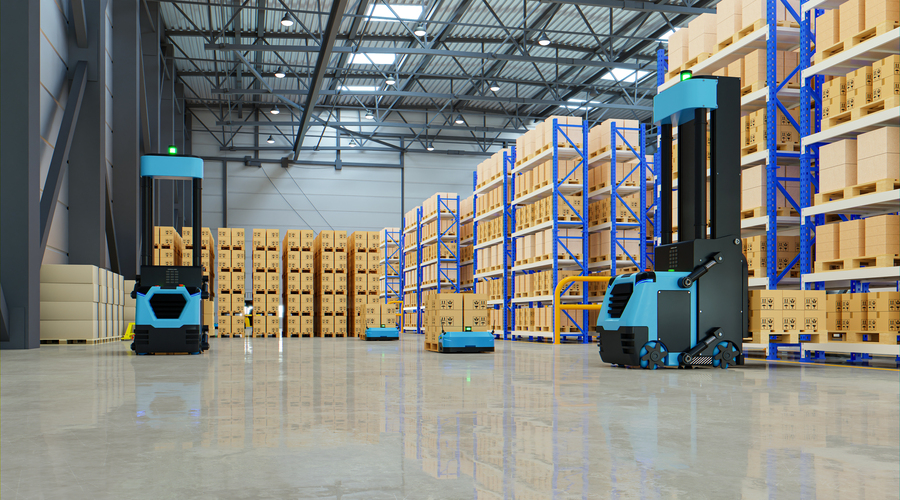
The thriving E-Commerce and retail sector worldwide is driving the adoption of technology. The effective use of robots, high-speed sorters, wearable devices, or smart glasses for faster pick-ups is a trending topic in the logistics sector. Hence, warehouse automation is in buzz these days and a sterling topic everyone wants to explore as a demonstration of their technological and process capabilities
With the growth in the manufacturing sector in India, dependency on logistics partners is on the rise Today logistics does not merely comprise transportation of goods rather it also enables the manufacturers to stock and distribute. Sushil Rathi takes through what are some key things to look at while having an automation solution.
Though, there is a particular dilemma in India. It is important to evaluate trade-offs carefully between using the human workforce and machines. Though the cost of automation may not vary much between nations such as Japan and India, the pay-back period of 2-3 years in Japan, becomes 8-10 years in India due to the availability and cost of labour.
This was a deterrent in deploying automation in the Indian warehouses. However, the expanding service level demand of e-commerce/retail with extremely skewed operational requirements has paved the way for Indian companies to choose automation.
It is crucial to identify a problem to find out automation requirements in any setup.
You need to find out repetitive tasks that consume a large amount of time or those that commonly lead to errors. As soon as you find those points along the way, you can begin to think about automating them.
Secondly, there is certainly a need to know the significance of automation. The basic goal of automation is to increase productivity thereby enhancing the profitability of the operation, reducing errors, scale-up for peak volumes, and increasing the safety of operation.
We live in a world where digital and IoT are the next step on that journey delivering better customer practices and helping organizations achieve a competitive advantage.
Selection of the right product: Nowadays, there are diversified automation products available in the market for every process in the warehouse. But one should identify which one is best suitable for the operation, because things that work well for one organization, may create disaster for the other.
Silo working: Any company going for automation must look at the supply chain as a complete umbrella & not just a warehouse. If your upstream suppliers can perform certain activities more cost-effectively than you can at your warehouse, trust your partners to perform these tasks and you should pay them a little extra.
Ever-changing business requirements: With frequent changes in SKUs, the addition of new products, changes, or fluctuation in demands, there is a direct impact on the design of automated systems developed for warehouses.
Change Management: Among the major challenges in implementing automation in every warehouse is change management, because business processes, workflows have to be rewritten with the utilization of automation. This means that all manpower involved in the warehouse operation has to learn as well as adhere to new processes. As a human tendency, there is always a reluctance to change and a lot of people justify how current processes are simple & efficient.
So 13SQFT.COM does end-to-end procurement for all warehouses, retail centres, fulfilment centres, delivery hubs, factories, and industries. We aim to reduce TAT, help clients validate current expenditures, and choose the best solutions for optimal results. Contact us for all your warehousing, Factories & commercial needs.
POSTED BY
Ishika Adhana
Digital Marketing Executive